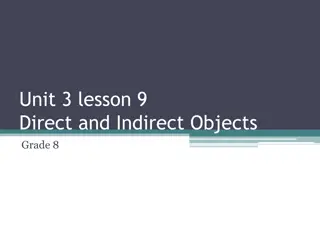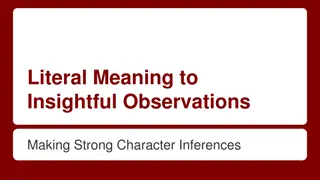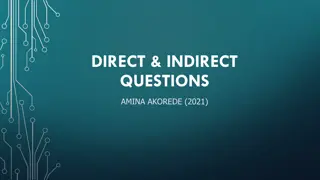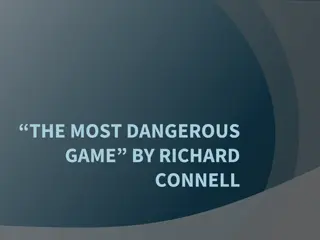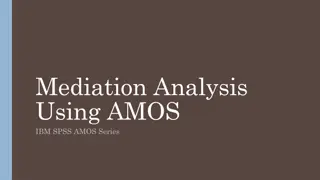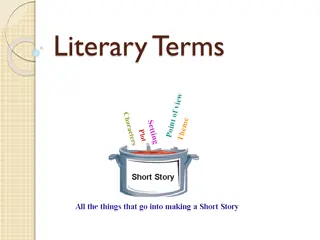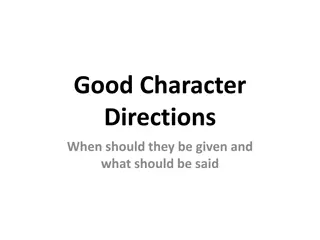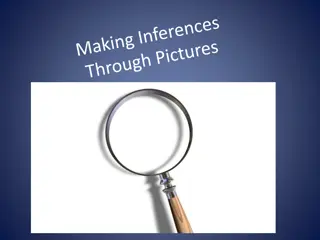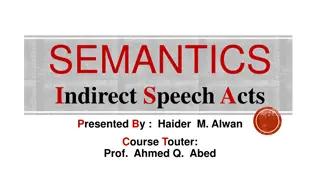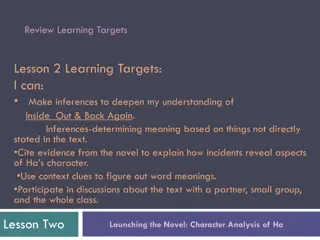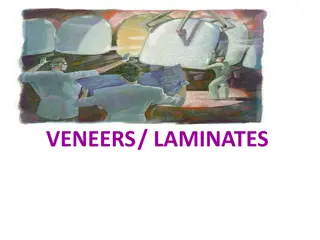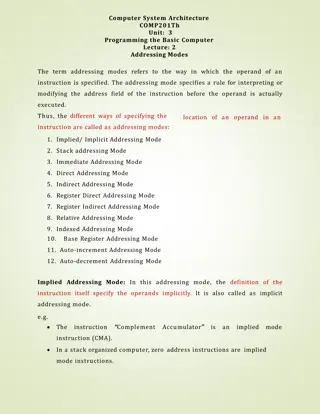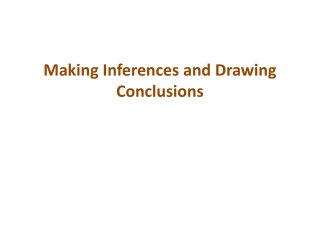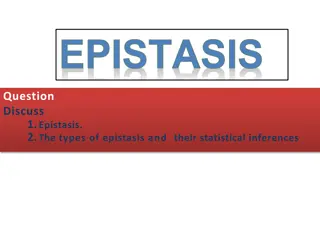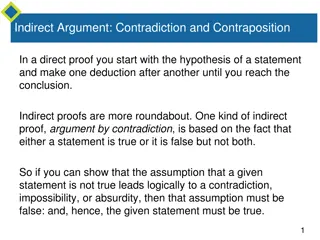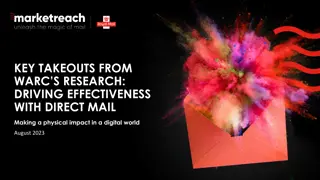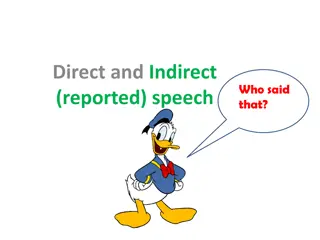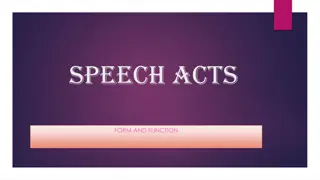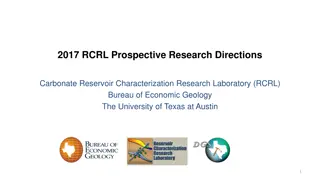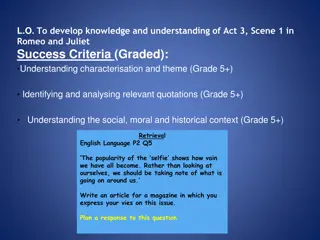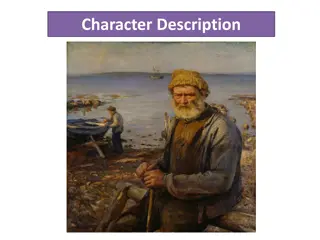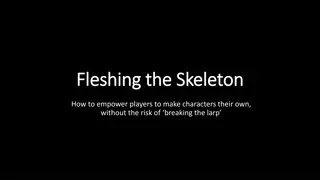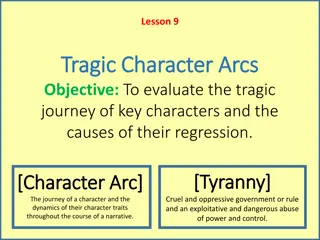Analyzing Character Inferences Through Direct and Indirect Characterization
Explore the process of making character inferences by analyzing direct and indirect characterization techniques used by authors. Understand how to interpret evidence, reason out claims, and validate your inferences through textual support.
- Character Inferences
- Direct Characterization
- Indirect Characterization
- Analyzing Text
- Literary Analysis
Download Presentation

Please find below an Image/Link to download the presentation.
The content on the website is provided AS IS for your information and personal use only. It may not be sold, licensed, or shared on other websites without obtaining consent from the author. Download presentation by click this link. If you encounter any issues during the download, it is possible that the publisher has removed the file from their server.
E N D
Presentation Transcript
Making Character Inferences I can make character inferences through analyzing the author s use of direct and indirect characterization.
What is an inference? A conclusion based on evidence and reasoning I wouldn't eat after that two-year-old if I were you. Inference: The two-year-old probably did something gross to the food you were about to eat or has a cold and you could catch it. Something bad will happen to you if you eat it!
How do I make a character inference? 1. Look where author uses Direct and Indirect Characterization What does this evidence suggest about the character? How can I express this in the form of a claim? 2. Use previous knowledge to reason out why you think this What experience do I have that leads me to interpret this evidence in this way? Could this evidence be interpreted in another way? 3. Verify your reasoning Is my reasoning valid and supported by other evidence in the text? Is there any textual evidence that contradicts my inferences?
Inference Formula What s said in text What we already know Educated Guess: inference + =
Make your own inference: A man ran after a retreating bus, waving his briefcase frantically. Inference: What previous knowledge did you use to make this inference? What specific parts of the sentence helped you infer?
Make an inference: A woman walks into a hospital clutching her abdomen and cursing out her husband, who trails behind her carrying a large bag. Inference:
Make an inference: What does the text (image) tell you? What previous knowledge helped you infer what happened?
Common Mistakes Letting Experience Trump Evidence TEXT should define your inferences Previous knowledge gives reasoning for them Not Thinking Deeply Enough (Literal vs. Figurative) Interpreting metaphor or other figurative language as literal Shallow Inferences Evidence: Character plays basketball Inference: The character likes basketball.
Previous Knowledge: What previous knowledge is needed to understand this comic?
What do we infer about characters? Character Traits- Descriptive adjectives like angry or sensitive Character Motivations- Reasons behind character s actions
Character Inference Practice: 1st- Read Thank You M am as a class (pg 108) 2nd- Individually or with ONE other partner, choose a character to analyze. What traits can you infer about the character? Make a chart in your notebook like the one below. You must make at least three inferences and use at least one direct quote from the text to support each! Actions and/or Dialogue that lead me to this inference: Trait/Inference I can make character inferences through analyzing the author s use of direct and indirect characterization.


